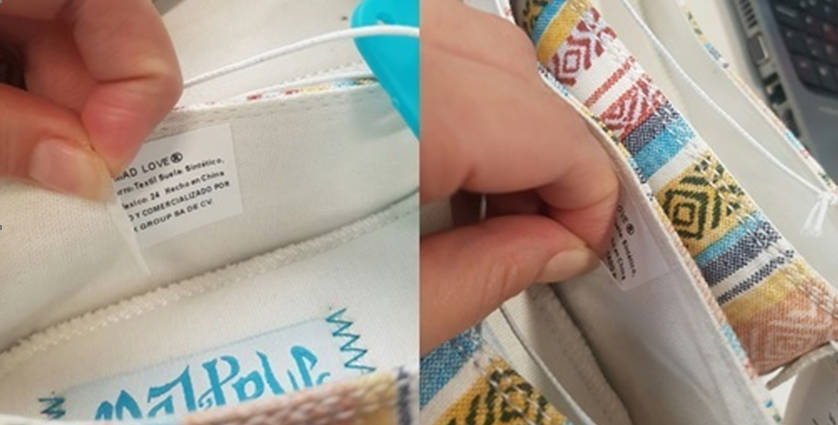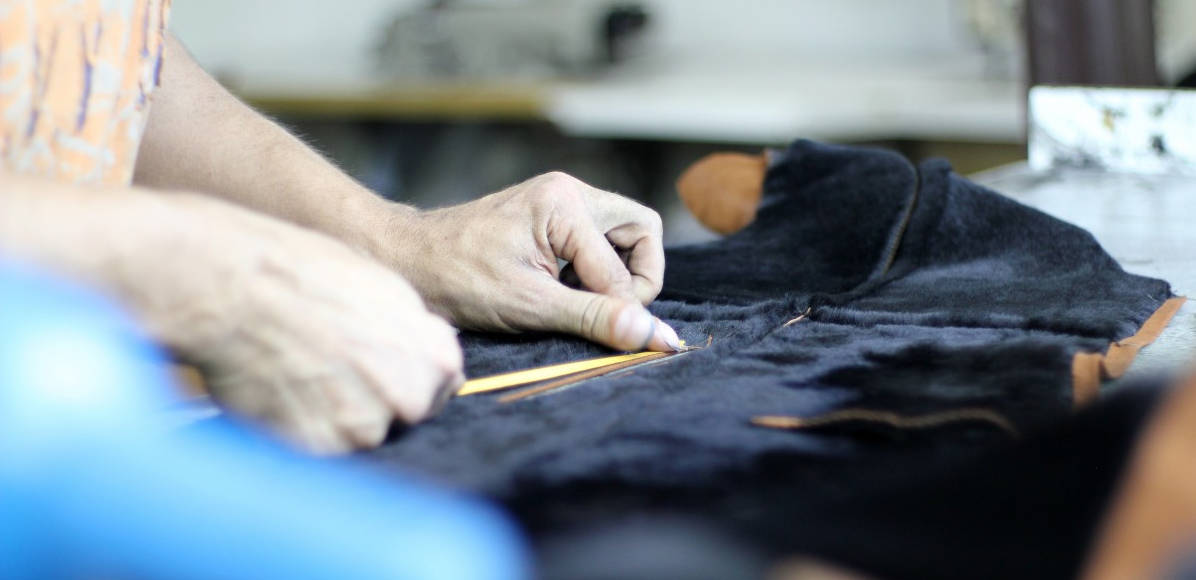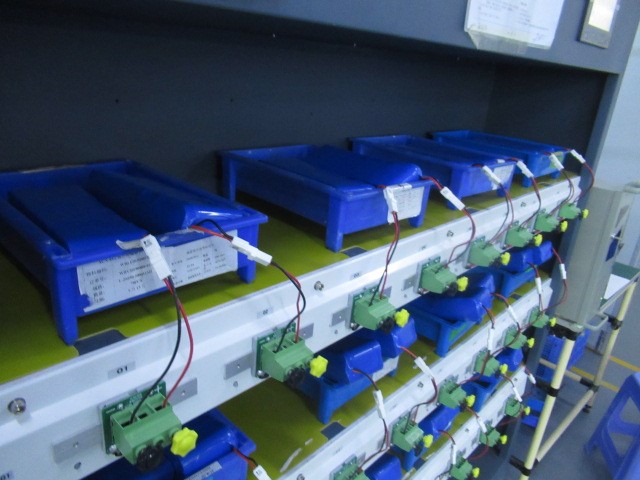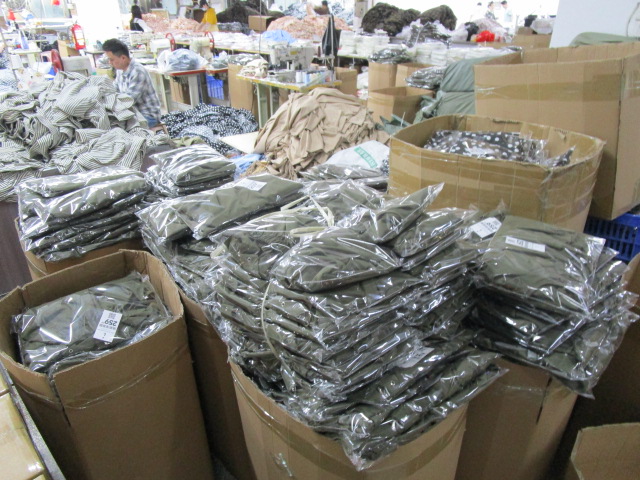
Quality control is a paramount concern in the apparel industry, ensuring that garments meet stringent standards for appearance and durability. A crucial aspect of this quality control process is the testing of printing quality on clothing, including care labels, fabric patterns, and logos. The precision and reliability of these tests are essential to guarantee customer satisfaction and adherence to international quality standards. In this article, we will explore why testing printing quality is necessary in the apparel inspection process, delve into NBNQC’s methods for conducting these tests, and discuss relevant international standards governing these practices.
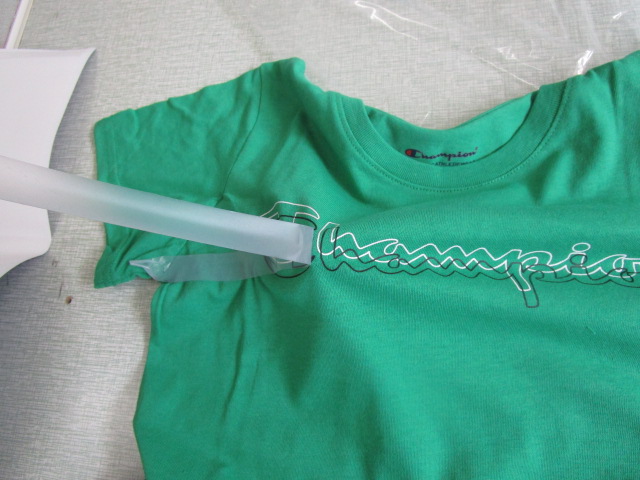
Contents
The Importance of Testing Printing Quality on Apparel
1.Aesthetic Appeal
Aesthetic appeal is a cornerstone of consumer satisfaction in the fashion industry. Clothing often features intricate designs, logos, and patterns that contribute significantly to the overall visual appeal of the garment. Poor printing quality can result in smudged, faded, or misaligned graphics, significantly diminishing the garment’s visual appeal. This can tarnish the brand’s reputation and deter consumers from making future purchases.
2.Brand Identity
For many fashion brands, logos and unique designs serve as the bedrock of their identity. These elements are not only symbolic but also serve as identifiers in the market. Testing the printing quality of logos and patterns ensures that they are reproduced accurately and consistently across all garments. Maintaining a consistent brand image is essential for brand recognition and building consumer trust.
3.Regulatory Compliance
Apparel items come with care labels that provide essential information to consumers about garment care. These labels must adhere to specific regulatory requirements, and the information they convey must remain legible after repeated washing and wear. Testing care labels ensures that the care instructions remain intact, preventing consumers from inadvertently damaging their clothing.
4.Durability
Apart from aesthetic concerns, the durability of printed designs on apparel is of paramount importance. Consumers expect their clothing to withstand everyday wear and tear, including washing and ironing. Poor printing quality can lead to premature fading or peeling of designs, negatively affecting the longevity of the garment. By testing printing quality, manufacturers can identify weaknesses in the printing process and make necessary improvements to enhance durability.
NBNQC Methods
NBNQC is a renowned company specializing in apparel inspection and quality control. They employ various methods and adhere to international standards to test printing quality on apparel, including care labels, fabric patterns, and logos.
1.Visual Inspection
Visual inspection is a fundamental step in assessing printing quality on apparel. Trained inspectors meticulously examine each garment for issues such as misaligned prints, color inconsistencies, smudging, and fading. They also inspect care labels to ensure that care instructions remain legible after washing cycles. Visual inspection provides immediate qualitative feedback on the overall appearance of the garment.
2.Rubbing and Abrasion Tests
To evaluate the durability of printed designs, NBNQC conducts rubbing and abrasion tests. These tests involve subjecting the printed area of the fabric to controlled friction. The objective is to determine how well the print withstands friction, simulating the effects of regular wear and washing. Any signs of wear, fading, or peeling are meticulously documented.
3.Colorfastness Testing
Colorfastness is a critical aspect of printing quality, especially for fabrics with vibrant or deep colors. NBNQC performs colorfastness tests to assess how well the colors in the print resist fading when exposed to external factors such as sunlight, water, and washing. These tests are conducted according to established international standards, including ISO 105 and AATCC methods.
4.Dimensional Stability Assessment
Printed logos and patterns must maintain their intended size and shape after washing and ironing. NBNQC assesses the dimensional stability of printed designs by measuring their size before and after standard washing and ironing cycles. Any significant changes in size or distortion are recorded as potential quality issues.
5.Adhesion Testing
Ensuring that printed graphics adhere securely to the fabric is crucial for long-lasting quality. Adhesion tests are conducted by NBNQC to evaluate the bond between the ink and the fabric. Methods such as tape adhesion testing are employed to determine if the print remains intact when subjected to adhesive forces.
6.Regulatory Compliance Checks
For care labels, NBNQC checks for compliance with relevant regulatory standards, such as ISO 3758 for care labeling. They ensure that the care instructions are clearly printed and remain legible even after multiple washes.
Relevant International Standards
In the field of apparel and textile quality control, several international standards are recognized and widely adopted. These standards provide guidelines and testing methods to assess various aspects of printing quality on apparel and fabric patterns. Some of the key standards include:
- ISO 105 Series: ISO 105 comprises a series of standards related to colorfastness testing. ISO 105-B02 outlines the method for testing colorfastness to artificial light, while ISO 105-C06 covers the assessment of colorfastness to domestic and commercial laundering.
- AATCC Standards: The American Association of Textile Chemists and Colorists (AATCC) offers a range of standards for textile testing. AATCC Test Method 8 is used to evaluate colorfastness to crocking (rubbing), while AATCC Test Method 61 measures colorfastness to laundering.
- ISO 3758: This standard specifies requirements for care labeling of apparel, including the design and content of care labels. Compliance with ISO 3758 is essential to ensure that care instructions on care labels are accurate and durable.
- ASTM D2050: ASTM D2050 is a standard test method for the measurement of colorfastness of textile materials to dry cleaning in perchloroethylene solvent. This standard helps assess the resilience of printed designs to dry cleaning processes.
Conclusion
Testing printing quality on apparel, including care labels, fabric patterns, and logos, is a critical step in the quality control process for fashion and textile manufacturers. Ensuring that designs are aesthetically pleasing, durable, and compliant with regulatory standards is essential for maintaining brand identity and customer satisfaction. NBNQC employs a range of methods, including visual inspection, rubbing tests, colorfastness testing, and more, to assess printing quality. By adhering to relevant international standards, such as ISO 105 and AATCC methods, manufacturers can uphold the highest quality standards in their products and deliver garments that meet or exceed customer expectations. In the competitive world of fashion and textiles, consistent and reliable printing quality is a key factor in achieving success and customer loyalty.


